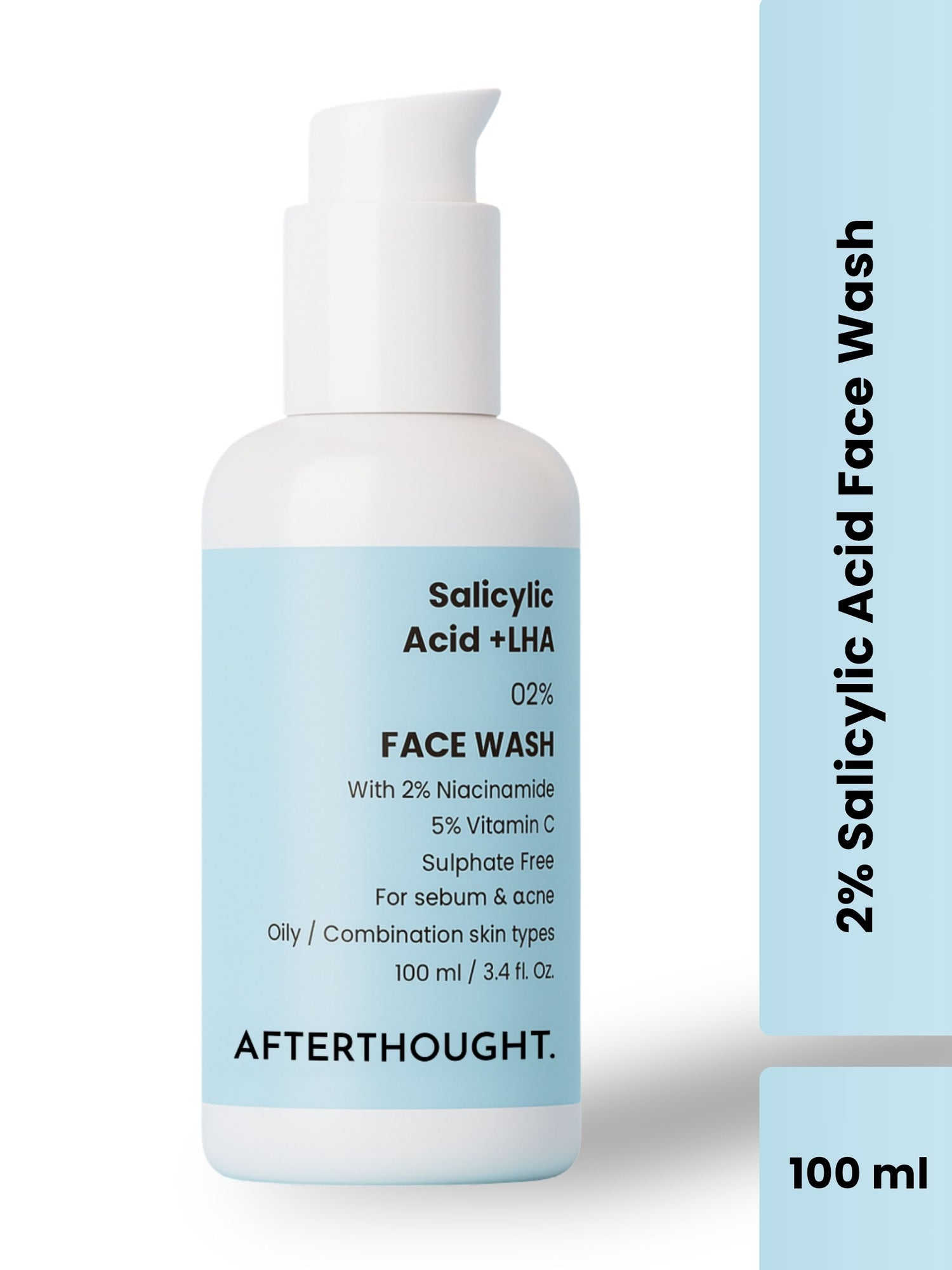What Is Hair Bonding? The Complete Guide To Hair Bonding.
Afterthought IndiaHair bonding is a popular, non-surgical hair restoration technique that offers an effective solution for individuals experiencing hair thinning or baldness. This method is favored for its ability to provide a full, natural-looking head of hair without the need for invasive procedures.
In this article, we'll delve into the intricacies of hair bonding, exploring its benefits, process, maintenance, and considerations for those considering this option. Welcome to Afterthought.
The Hair Bonding Process
Consultation and Customization
The hair bonding process begins with a consultation with a hair specialist. During this session, the specialist assesses the individual's hair condition, scalp health, and specific needs. Based on this assessment, a customized hairpiece is designed to match the individual's natural hair color, texture, and density. This customization ensures a seamless blend between the natural hair and the bonded hairpiece.
Preparation
Before the bonding process, the natural hair and scalp are thoroughly cleaned to remove any oils or residues that might affect the adhesive's effectiveness. In some cases, a small portion of the natural hair may be trimmed to provide a better base for the hairpiece.
Application
The hairpiece is then meticulously attached to the natural hair using a medical-grade adhesive. This adhesive is specially formulated to be safe for the scalp and provide a strong, long-lasting bond. The application process requires precision to ensure that the hairpiece is securely attached and looks natural. The specialist carefully aligns the hairpiece with the natural hairline and secures it in place.
Styling
Once the hairpiece is bonded, the hair is styled to achieve the desired look. This may involve cutting, blending, and styling the bonded hair to match the individual's preferences. The goal is to create a natural, cohesive appearance that enhances the individual's overall look.
Also Read: How To Prevent Hair Fall In Winter, Naturally?
Benefits of Hair Bonding
Immediate Results
One of the primary advantages of hair bonding is the immediacy of the results. Unlike surgical hair restoration methods, which require a lengthy recovery period, hair bonding provides instant volume and coverage. This makes it an attractive option for those seeking quick and effective solutions.
Non-Invasive
Hair bonding is a non-surgical procedure, meaning there is no need for incisions, stitches, or anesthesia. This significantly reduces the risk of complications and eliminates the need for a recovery period. Individuals can resume their regular activities immediately after the procedure.
Versatility
Hair bonding can be customized to address various hair concerns, whether it's adding length, volume, or covering bald spots. The versatility of this technique makes it suitable for both men and women with different hair types and conditions.
Natural Appearance
When done correctly, hair bonding can provide a natural and undetectable look. The customized hairpieces are designed to blend seamlessly with the natural hair, ensuring that the bonded hair is virtually indistinguishable from the real hair.
Maintenance and Care
Regular Check-Ups
To maintain the integrity and appearance of the bonded hair, regular check-ups with the hair specialist are essential. During these visits, the specialist can assess the condition of the hairpiece, reapply adhesive if necessary, and make any needed adjustments.
Proper Hair Care
Caring for bonded hair involves gentle handling and the use of appropriate hair care products. It's important to avoid harsh shampoos, conditioners, and styling products that could weaken the adhesive. The specialist can recommend products specifically designed for bonded hair.
Avoiding Excessive Heat and Moisture
Excessive heat and moisture can affect the longevity of the adhesive bond. Therefore, it's advisable to avoid prolonged exposure to direct sunlight, hot water, and steam. When using styling tools such as hairdryers, curling irons, or straighteners, it's best to use them on a low-heat setting and apply a heat protectant spray.
Considerations and Potential Drawbacks
Cost
While hair bonding is generally more affordable than surgical hair restoration methods, it can still be a significant investment. The cost varies depending on factors such as the quality of the hairpiece, the extent of customization, and the expertise of the specialist. It's important to weigh the cost against the benefits and consider it as an investment in one's appearance and confidence.
Adhesive Sensitivity
Some individuals may experience sensitivity or allergic reactions to the adhesive used in hair bonding. It's crucial to discuss any known allergies or skin sensitivities with the specialist during the consultation. In some cases, alternative adhesives may be available to accommodate sensitive skin.
Maintenance Commitment
Hair bonding requires ongoing maintenance to ensure the hairpiece remains secure and looks its best. This includes regular visits to the specialist, proper hair care routines, and adherence to recommended guidelines. Individuals considering hair bonding should be prepared for this commitment to achieve optimal results.
Conclusion
Hair bonding is a highly effective and versatile solution for those seeking to address hair loss, thinning, or baldness. With its ability to provide immediate, natural-looking results without the need for surgery, it has become a popular choice for many individuals.
By understanding the process, benefits, maintenance requirements, and potential drawbacks, individuals can make informed decisions about whether hair bonding is the right option for them. As with any hair restoration method, consulting with a qualified hair specialist is key to achieving the best possible outcome.
Also Read: How To Get Rid Of White Hair In Beard?

